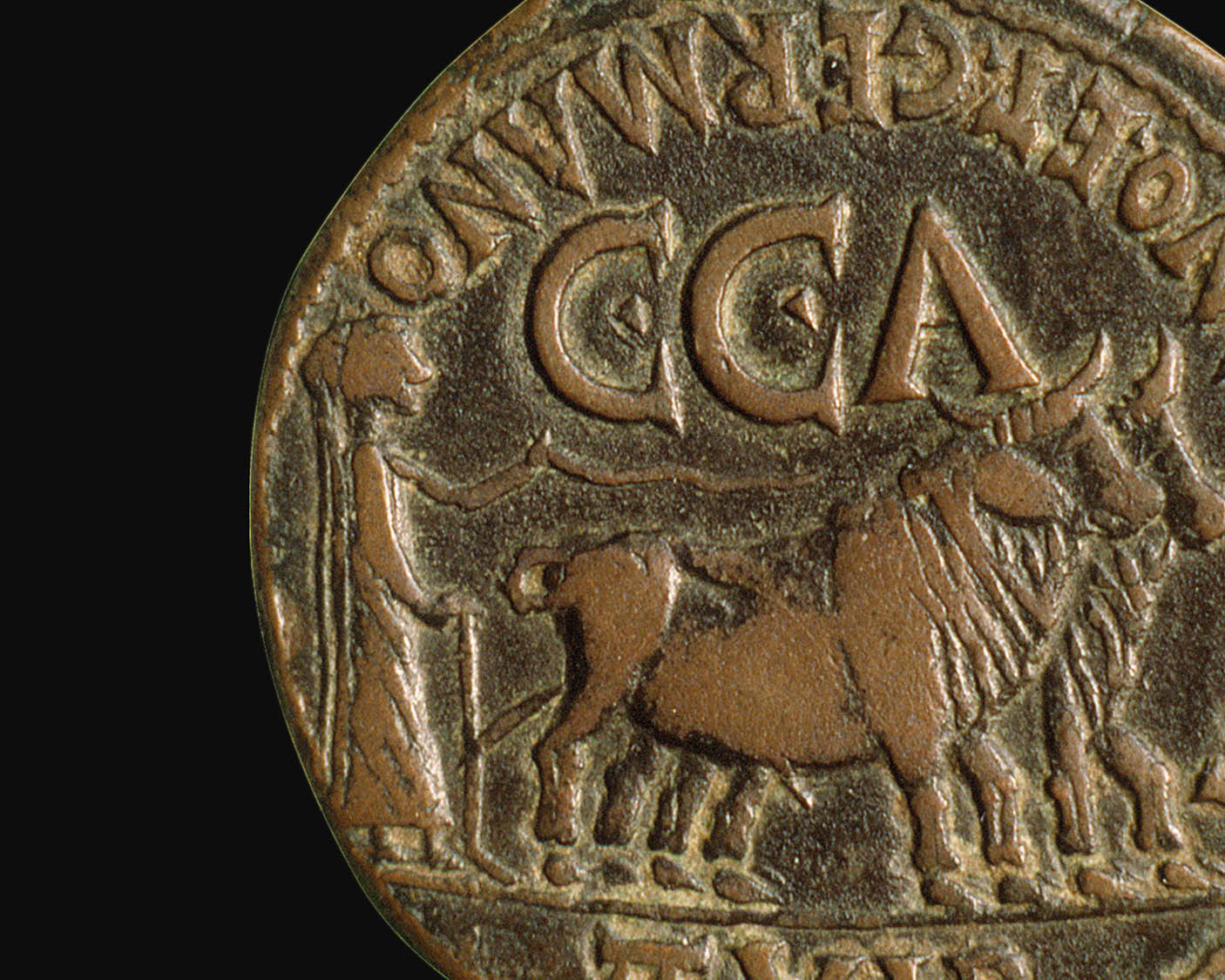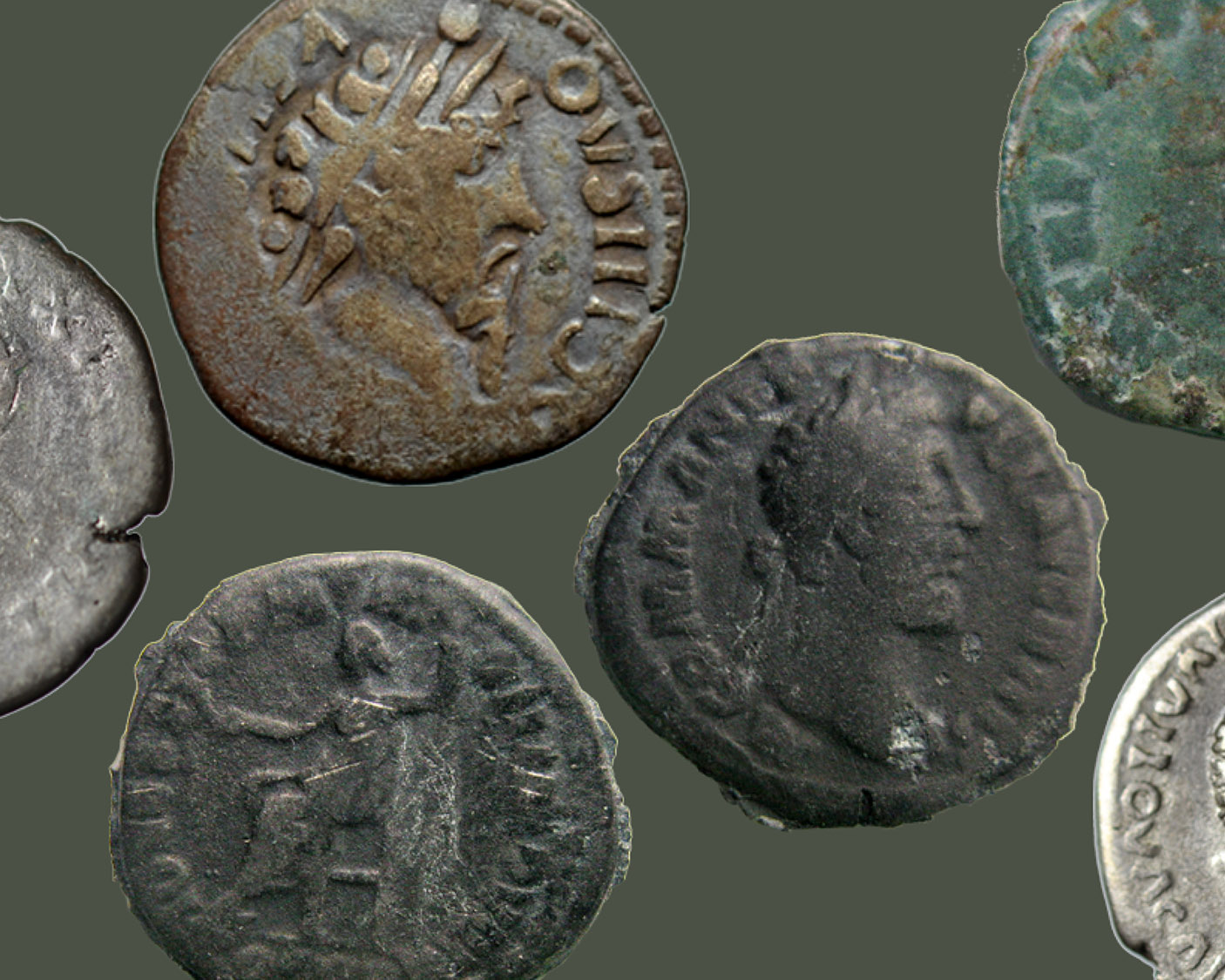Empires and Colonialism in the 19th Century
Return to Drachmas, Dubloons, and Dollars homepage
“It was the best of times, it was the worst of times.” So wrote Charles Dickens (1812-1870) about the French Revolution (1789-1799), but he was also aptly describing the sweeping political and social changes of the 19th century. The turmoil of European political expansion and overseas colonialism led to numerous questions regarding social inequity and social justice—particularly concerning slavery. Ferocious debate regarding slavery in Britain led to its abolition by Act of Parliament in 1833. However, Britain still possessed an overseas empire in which there was significant inequity, particularly in India. The United States practiced slavery until the Thirteenth Amendment (1865) declared slaves free.
Colonialism and liberation were forces at work in all parts of the world during the 19th century. In South America, many of the former European colonies became free. With Latin America increasingly inhospitable to European powers, France, England and Germany pursued colonial interests in western and southern Africa.
Napoleon Bonaparte (1799-1815) took control of France in 1799 and, in the early 19th century, embarked on conquests that resembled those of Alexander the Great. Britain experienced the Industrial Revolution, enjoyed the Victorian Age, and built an international empire so vast that “the sun never set” upon it. At the close of the period the expansionist policies of ambitious rulers like Kaiser Wilhelm II (1888-1918) of Germany and Emperor Franz Josef (1848-1916) of Austria set in motion the events that would lead to World War I (1914-1918).
Slavery and Abolitionism
In 1833, mainly due to the influence of the Anglican Low Church, the British government abolished slavery in Great Britain and its colonies. Nevertheless, despite the agitation of abolitionists like John Brown (1800-1859), slave owning remained a way of life in the United States until the end of the Civil War in 1865.
Copper tax identification badge (1833) from Charleston, West Virginia, issued to slaves hired out by their owners. These tags signified that the appropriate taxes had been paid.
British bronze medal (1834) commemorating the end of slavery in the British colonies under King William IV (1830-1837).
French bronze medal commemorating John Brown, the American abolitionist who attempted to forcibly end slavery in the United States. He was hanged in 1859 for his part in an attack on Harpers Ferry, West Virginia.
Latin America
The countries of Latin America spent most of the 19th century struggling for independence. Despite attempts by Spain and other European powers to assert their control over Mexico, Chile, and other Latin American countries, by the end of the century, most Central and South American states had republican governments.
Mexican gold 20 pesos (1866) of Emperor Maximilian (1864-1867). Maximilian was installed in Mexico as a puppet ruler for the French, but was defeated and executed by Republican forces in 1867.
Mexican gold 8 reales (1888) of the Second Republic of Mexico with the Mexican national emblem.
Chilean 8 escudos (1839) of the Republic of Chile, depicting a personification of Liberty. Chile proclaimed its independence in 1810 along with Mexico, Argentina and Venezuela.
The British Empire
The British Empire of the 19th century is best known for its queen, Victoria (1837-1901). In British North America, clashes with the United States during the War of 1812 and growing concerns about possible American annexation during the Civil War (1861-1865) led to the creation of the independent Dominion of Canada by Act of Confederation in 1867. Australia was still used as a British penal colony in the first half of the 19th century, but by 1868, shipments of convicts were replaced by free immigrants. In 1901, Australia became an independent commonwealth.
Gold 2 pounds (1893) of Victoria from London, with a famous portrait of the Queen.
Gold mohur (1882) of Victoria as Empress of India, from Calcutta, India. Here, the Queen’s elaborate dress and hairstyle are more appropriate to a Mughal princess than a traditional British monarch.
Lower Canada copper cent token (1812) with a portrait of King George III.
Canadian nickel dollar (1982) depicting the Fathers of Canadian Confederation (1867). Fear of U.S. annexation during the American Civil War led to the Confederation of Nova Scotia, New Brunswick, Ontario and Quebec in 1967.
Copper cent (1876) produced for Newfoundland, Canada. Newfoundland did not enter the Canadian Confederation until 1949.
Spanish silver 8 reales (1803) of Charles IV (1788-1808), holed and reissued as a British 5 shilling piece (popularly known as a “holey dollar”) of 1813 in New South Wales, Australia. Hole-punching was done to prevent coins from leaving the local Australian economy.
Silver center of an Australian “holey dollar” reissued as 15 pence.
Napoleonic France and the Second Republic
Napoleon Bonaparte subverted the First Republic by crowning himself emperor on December 2, 1804. After his defeat at Waterloo (1815), the French monarchy experienced a succession of unpopular kings. The provisional government of the Second Republic (1848-1852), which had planned very classical images for its coinage, was dissolved when Napoleon’s nephew, Louis Napoleon, claimed imperial power as Napoleon III in 1852. Unfortunately, Napoleon III (1852-1870) was not the wisest of rulers, leading France into the disastrous Franco-Prussian War (1870-1871). During this war, the Emperor was captured by Prussian forces and Paris was besieged. While he was still in Prussian hands, Napoleon III was deposed by the angry French people.
Silver 5 francs (1812) of Napoleon Bonaparte (1804-1814) with his portrait.
Copper decime (1814) produced by the Bonapartist Count Roederer during the siege of Strasbourg (1814) by the anti-French European allies.
Tin 10 centime pattern (1848) of the Second French Republic, with a head of Liberty.
Tin 10 centime pattern (1848) of the Second French Republic, with a head of Hercules.
Tin 10 centime pattern (1848) of the Second French Republic, with a facing head of Liberty, modeled after ancient Greek coins from Sicily.
Greek silver tetradrachmon (406 BC) of Syracuse depicting the water nymph Arethusa.
Copper 10 centimes (1865) of Napoleon III.
Copper 10 centimes of Napoleon III (1865), defaced to make the Emperor look like a Prussian. He was blamed for surrendering French forces and for allowing himself to be captured at the Battle of Sedan (1870).
Germany and Austria-Hungary
Out of the conflict that characterized central Europe in the first half of the 19th century were formed two powerful territorial empires: the German Empire and the Austro-Hungarian Empire, ruled by the descendants of the medieval Holy Roman Emperors. German military ambitions in France and political violence in Austria-Hungary ultimately led to the First World War (1914-1918).
German silver 5 marks (1888) of Kaiser Frederick III (March 9-June 15, 1888), with his portrait.
Austrian gold 100 kronen of Franz Josef, Emperor of Austria-Hungary (1848-1916), with his portrait and the double-headed eagle badge of the Austrian Empire. The assassination of his nephew and heir, Archduke Franz Ferdinand (1863-1914), in 1914 ignited World War I.
German silver 5 marks (1901) of Kaiser Wilhelm II, depicting the Kaiser beside Frederick I, first King of Prussia (1701-1713). This coin celebrates the bicentennial of the Prussian kingdom, the heart of the German Empire.
The Greek War of Independence
The Ottoman Empire had long been in decline by the 19th century and became a source of conflict between England and Russia. Greece, supported by European allies, claimed its independence after successfully fighting the Ottoman Empire from 1821 to 1828. The Treaty of London in 1827 proclaimed Greek independence. This Greek victory served as a model for other Balkan nations seeking autonomy.
Greek copper 20 lepta (1831) of John Capodistrias, Governor of independent Greece (1828-1831), depicting the phoenix of Greek freedom rising out of the flames.
Ottoman silver altilik (1835) of Sultan Mahmud II (1808-1839) from Istanbul, depicting his tughra. The tughra was a highly ornate form of the sultan’s personal signature.
Colonial Africa
In the 19th century, Africa became a patchwork of European colonies. Although colonies like Liberia and Sierra Leone were founded by American and British abolitionists as homelands for freed slaves, colonies were mainly set up to exploit the natural resources of the African continent. The Boer War (1899-1902), pitted Britain against Boer colonists for the possession of the interior of South Africa. Less well known is the Ethiopian War (1895-1896) in which the native ruler, Menelik II (1889-1913), defeated an Italian army. Ethiopia was the only African state to remain free of direct colonial control.
Liberian copper cent (1833) produced in the United States by the American Colonization Society (ACS).
Liberian Republic copper 2 cents (1847) depicting the head of Liberty. In 1847, Liberia claimed its independence from the ACS and became a free republic.
Sierra Leone copper cent (1791) produced in Britain for the Sierra Leone Company, depicting a lion.
British silver trade ackey (1818) of George III (1760-1820) depicting the coat of arms of the Gold Coast (now Ghana). This coin was produced specifically for trade with the Gold Coast.
South African silver 5 shillings (1892) of president Paul Kruger (1883-1900) depicting the coat-of-arms of the South African Republic.
South African gold pond (1902) from Pilgrim’s Rest. British desire to control South African gold mines was a major cause of the Boer War.
German East African silver rupie (1892) of Kaiser Wilhelm II (1888-1918) with the coat of arms of the colony.
Ethiopian copper gersh (1888-1894) of Menelik II, emperor of Ethiopia, produced in Paris.
Return to Drachmas, Dubloons, and Dollars homepage
Other pages of the exhibit:
[posts_grid columns=”4″ rows=”6″ order_by=”date” order=”ASC” meta=”no” link=”yes” category=”DrachmasDubloonsDollars”]




